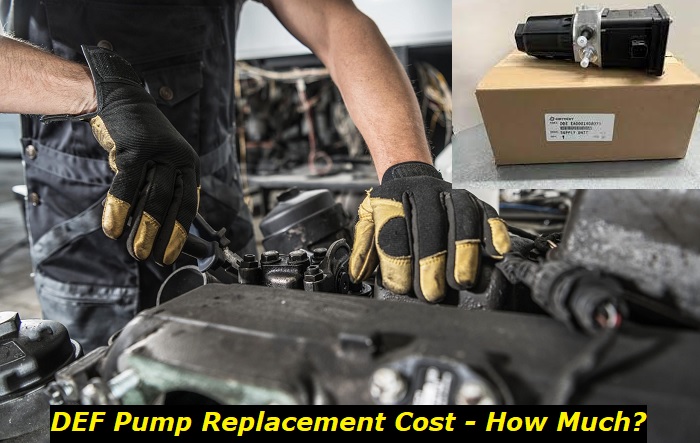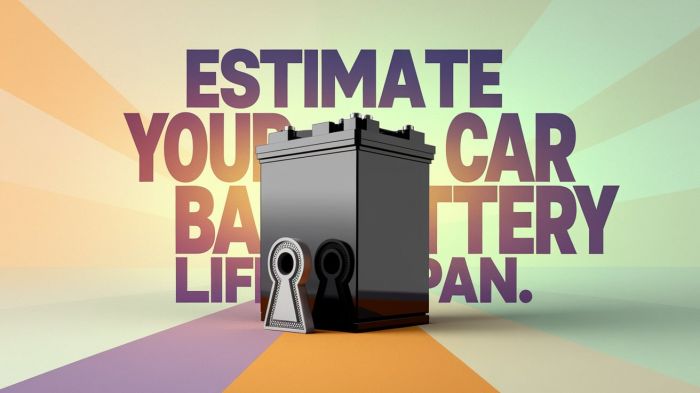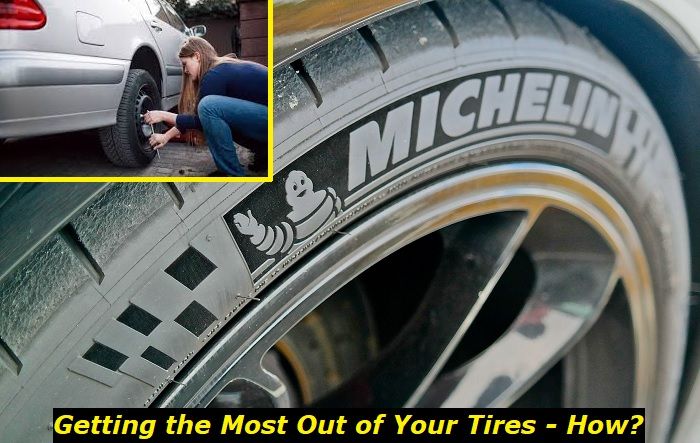Modern diesel engines rely on a diesel exhaust fluid (DEF) system for reduced fuel combustion and emissions. This system, which includes a DEF pump, a filter, and a heater plays a crucial role in maintaining vehicle performance.
Unfortunately, there are critical issues that can affect the DEF pump, and it can be really frustrating because it will disrupt the overall efficiency of the vehicle. No worries! There are ways to identify and address problems associated with this component.

The cost of replacing DEF components varies depending on the type of vehicle. If only the DEF heater needs replacement while the rest of the system is functioning well, it can cost around $800. If you need to replace a damaged DEF filter, service costs can range from $2000 to $5000. However, if the filter requires cleaning and is otherwise in condition the service cost is generally around $1500.
This article answers the following questions:
- How a DEF pump works.
- The average lifespan of a DEF pump.
- Factors affecting the lifespan of a DEF pump
- Symptoms of a faulty DEF and
- Possible fixes for a faulty DEF pump
How does a DEF pump work?
A DEF system involves a simple principle of fuel delivery. It dispenses fluid from its tank through metal piping into an engine's Catalytic Reduction (SCR) system. This process converts toxic emissions into water and nitrogen compounds that are less harmful to the environment. It also supplies the engine with the amount of fuel it needs to run daily.
You'll be surprised to hear that the DEF Pump consists of a filter for cleaning the DEF and a heater that prevents freezing of the DEF in colder conditions.
The average lifespan of a DEF pump
The lifespan of a DEF pump depends on factors like the quality of the pump, the brand, and model, vehicle usage, maintenance, and conditions in which the vehicle is being used. But a well-maintained DEF pump typically lasts between 100,000 to 150,000 miles before there's a need for replacement.
This, however, does not rule out the fact that some vehicles' pumps may fail earlier than others, particularly if they are subjected to unfavorable environmental conditions or don't receive the proper maintenance.
What are the factors affecting the lifespan of a DEF pump?
A DEF pump can last for several years but there are factors that contribute to its lifespan. Here are some reasons why your DEF pump fails earlier than expected:
- Fluid quality: The fluid quality greatly influences the lifespan of your DEF fluid. For example, when poor quality or contaminated DEF is used, it can cause damage to the pump and its components. This, in turn, affects and damages the pump.
- Pump design and material: It is wiser and safer to use high-quality pumps that last longer and require fewer repairs. Some brands are known for their durability, so it's better you go for those brands. The materials they used in manufacturing a DEF pump give it a longer life shelve.
- Maintenance: When you keep your pump clean and free from leaks, it significantly extends its lifespan. All you need to do to take care of your pump is by cleaning it, lubricating the moving parts, and promptly addressing any issues that arise.
- Storage and handling of fluid: Continuous exposure to sunlight and moisture can degrade the fluid if not stored correctly indoors at moderate temperatures. Another factor to consider is pump contamination. When dirt debris or other chemicals enter the pump, they cause damage to its components, ultimately impacting its lifespan. In summary, you must ensure proper storage and handling of your DEF pump to help maintain your pump's shelf life.
- Usage impact: The frequency at which you operate your DEF pump and your usage style can greatly influence its lifespan. To ensure highly effective performance, make sure to constantly maintain the pumps that you use frequently.
- Brand authenticity: Whenever you are buying a DEF pump, you must consider the reputation of the manufacturer. Buying DEF pumps from a known brand that has a track record of producing high-quality pumps can significantly contribute to its longevity.
- Installation: The way a DEF pump is installed goes a long way in determining its durability. The installation procedure not only affects its lifespan but also helps to prevent operational problems and early failures.
- Operating conditions of the DEF pump: Factors like exposure to harsh conditions and corrosive chemicals can cause damage and cut short the life shelf of your DEF pump.
Overall, these factors will help you make a better choice when buying and using a DEF pump. It will also ensure that your DEF pump lasts longer with little to no issues along the way.
Symptoms of a Faulty DEF Pump
- Low fuel pressure: If your DEF fuel pump is not working properly, you may experience issues with maintaining a fuel flow. This can lead to an insufficient supply of fluid for the DEF system, leading to reduced engine performance and overall vehicle functionality.
- Unusual sounds: Always keep an ear out for pitched sounds from your vehicle because it indicates a failing DEF pump. Different vehicles may produce different sounds, ranging from scratching to squealing. Just take the time to inspect your fuel pump for signs of damage or malfunctions.
- Colored or cloudy DEF: A colored or cloudy DEF signifies critical issues with the DEF pump. If your DEF pump appears cloudy, it may indicate contamination. This serves as a clear sign that there is an issue with the pump.
- Acceleration problems: Difficulty in acceleration can be linked to insufficient fuel supply. If you notice that your vehicle struggles when trying to pick up speed or when you're driving up a hill, it could be directly linked to problems with the fuel delivery system.
- Clogged filter: Clogged filter caused by dirt accumulation is another symptom of a faulty DEF pump. If you detect odors emanating from the pump area, it suggests a dirty DEF pump that needs thorough cleaning either by a mechanic or with specific tools.
- Rise in Emissions: An increase in emissions is a potential indication of a failing DEF pump because the amount of DEF might not be effectively entering the exhaust system to reduce pollutants.
- Unexpected Engine Shutdowns: If your engine abruptly stops running, it could be due to DEF flow caused by a faulty pump. Check for any obstructions or unusual discoloration.
Possible fixes for a faulty DEF pump
If you are a DIYers, you can consider the following fixes to put your DEF pump on track:
- You can start by inspecting the pump and its components. Check for things like dirt, impurities, or contaminants. Then, make sure you clean the pump and its parts to remove any of these substances.
- Next is to check the fluid in the DEF tank. In colder conditions, the DEF can freeze up and there are ways to address this issue. Get help from a specialist to clean the sensors in the pump unit, defrost the DEF, drain, and refill the tank.
- Ensure that the pump gets the right amount of voltage to function correctly. Ascertain if the voltage of the pump meets the standard amount.
- Inspect the sealing chamber for signs of leakage or damage. If there is leakage from joints beyond what's considered permissible, adjustments or replacements may be necessary.
- Confirm whether the pump motor is working well because a faulty motor can result in pump failure. Take note of any noise or vibration. Investigate them further.
- Take some time to review system error codes by scanning your vehicle's board for any fault codes related to the Diesel Exhaust Fluid System. This will provide insights into issues and facilitate a more straightforward resolution.
- Also, check the pressure at the outlet of the pump to ensure that it falls within the specified range set by the manufacturer. If the pressure is too low, it could indicate an issue, with either the pump itself or one of its components.
- Sometimes, updating the pump's firmware or the system's software might resolve issues related to the pump's performance. Check the pump's manual on how to go about this or contact a professional mechanic to save you of the stress.
- Replace the DEF pump: A DEF pump replacement is a reasonably simple procedure. All you have to do is gain access to your vehicle's Selective Catalytic Reduction (SCR) system, unscrew the old DEF pump, and then bolt the new one in. Reach out to a professional if need be.
Conclusion
The DEF pump is important for keeping the environment safe as well as the vehicle itself. We have provided you with all the information you need to know about the DEF pump, from the possible issues to its symptoms, solutions, and cost of replacement. However, you must understand that the cost of DEF pump replacement varies with vehicles.
We hope you have more satisfying and peaceful driving, less stress from constant repairs, and also an extra buck saved as you properly maintain your DEF pump.
About the authors
The CarAraC research team is composed of seasoned auto mechanics and automotive industry professionals, including individuals with advanced degrees and certifications in their field. Our team members boast prestigious credentials, reflecting their extensive knowledge and skills. These qualifications include: IMI: Institute of the Motor Industry, ASE-Certified Master Automobile Technicians; Coventry University, Graduate of MA in Automotive Journalism; Politecnico di Torino, Italy, MS Automotive Engineering; Ss. Cyril and Methodius University in Skopje, Mechanical University in Skopje; TOC Automotive College; DHA Suffa University, Department of Mechanical Engineering






Add comment